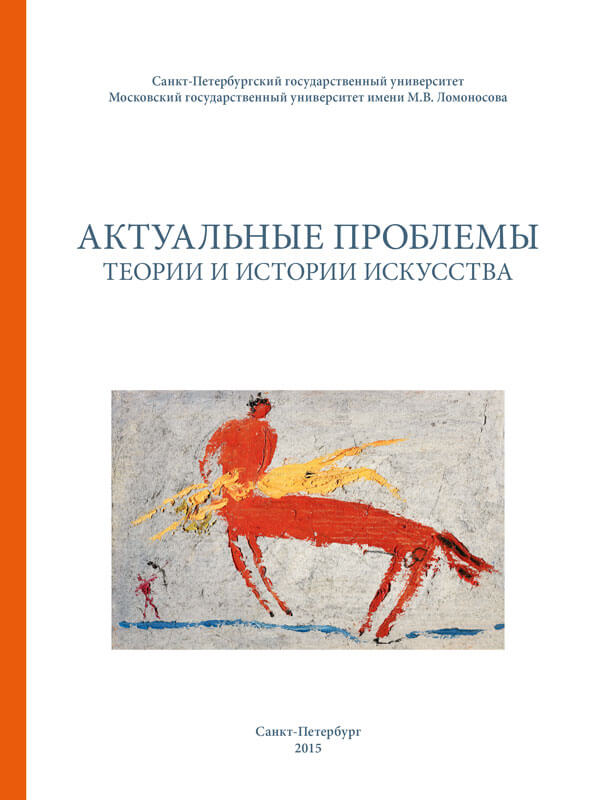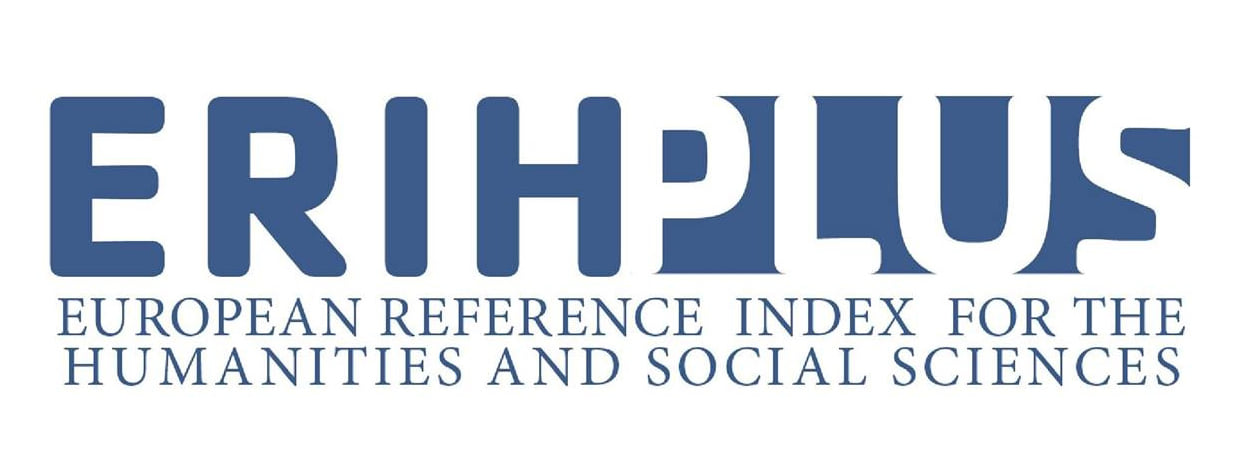Antique Images in Contemporary Russian Easel Sculpture: Problem of Interpretation
DOI:
https://doi.org/10.18688/aa155-8-89Keywords:
sculpture, antiquity, heritage, mythology, image compositionAbstract
Nowadays Russian easel sculpture experiences the period of recovery and renewal of means of expression. It is important that this process demonstrates modern comprehension of the tradition and attention to cultural heritage. The problem of the reasons why sculptors turned their attention to classical antiquity also seems to be quite significant. On the one hand, this problem touches upon the fundamentals of sculpture, one of fine arts, whose existence is impossible beyond the context of Graeco-Roman antiquity. It is especially important to take into the account the experience of postmodernism with its allusive sense and penchant for direct quotation. European artistic tradition of Modern Times is rich in examples of applying antiquity as the basis for stylization. It is necessary to measure the entire gamut and extent of the artists’ appeal to the legacy of classical antiquity. Interpretation may swing around the themes, graphic associations, opposition, game, myth, illustration, etc. The considered examples touch upon creative practice of the leading contemporary sculptors — Alexander Rukavishnikov, Sergei Mil’chenko, Leonid Baranov, Andrei Balashov, et al. It seems important to understand their works’ genre peculiarity and to correspond it with that of the ancient masters’ works.
References
Eliade M. Aspekty mifa (Аspects of Myth). Moscow, Akademicheskij proekt Publ., 2000. 222 p. (in Russian). Hübner K. Die Wahrheit des Mythos. München, C. H. Beck Publ.,1985. 539 p. (in German) Hugo V. La cathédrale Notre-Dame de Paris. Paris, Eugène Renduel Publ., 1832. 358 p. (in French). Irmscher J.; Ione R. (eds.). Slovar’ antichnosti (Lexicon of Antiquity). Moscow, Progress Publ., 1989. 704 p. (in Russian). Kalugina O. V. Some Features of the Structure of the Image in the Works of A. Golubkina. Russkoe iskusstvo Novogo vremeni (Russian Art in Modern Times), 2000, vol. 6, pp. 246–273 (in Russian). Kоsarev A. F. Filosofiia mifa. Mifologiia i ee evristicheskaia znachimost’ (The Philosophy of Myth. Mythology and its Heuristic Significance). Moscow, Per Se Publ. — Saint Petersburg, Universitetskaja kniga Publ., 2000. 304 p. (in Russian). Odnoralov N. V. Skul’ptura i skul’pturnye materialy (Sculpture and Sculptural Materials). Moscow, Izobrazitel’noe iskusstvo Publ., 1982. 221 p. (in Russian). Tokarev S. (ed.). Mify stran i narodov mira (Myths of the World’s Countries and Peoples), vol. 2. Moscow, Sovetskaja entsiklopedija Publ., 1992. 719 p. (in Russian). Tsamerian I. P. (ed.). Kratkii nauchno-ateicticheskii slovar’ (Abridged Scientific and Atheist Dictionary). Moscow, Nauka Publ., 1964. 644 p. (in Russian). Vipper B. R. Vvedenie v istoricheskoe izuchenie iskusstva (Introduction to the Historical Study in Fine Arts). Moscow, Izobrazitel’noe iskusstvo Publ., 1985. 283 p. (in Russian).


